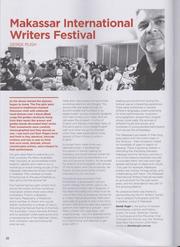For Santa to visit three billion children and deliver his gifts to all the world's children in just one 24 hour period, his sleigh and reindeer would need to fly, obviously, quite quickly. He needs to visit at least 8000 homes per second.
Putting aside the problem of the heat of friction could he do it? Up until recently he was limited to the speed of light - 299,800,000 meters per second, but scientists have recently discovered neutrinos actually travel faster than light, so this opens up all sorts of possibilities for Santa. If he can travel as fast as neutrinos then he might be able to time travel - perhaps he could slow his delivery to 4000 homes per second, but do it twice in the same second.
Or if he's pressed for time perhaps he could become more of a stickler for the rules - he needs to check his naughty and nice list more carefully and avoid wasting time at the wrong chimneys - no toys for naughty children. I think he's too forgiving sometimes.
Putting aside the problem of the heat of friction could he do it? Up until recently he was limited to the speed of light - 299,800,000 meters per second, but scientists have recently discovered neutrinos actually travel faster than light, so this opens up all sorts of possibilities for Santa. If he can travel as fast as neutrinos then he might be able to time travel - perhaps he could slow his delivery to 4000 homes per second, but do it twice in the same second.
Or if he's pressed for time perhaps he could become more of a stickler for the rules - he needs to check his naughty and nice list more carefully and avoid wasting time at the wrong chimneys - no toys for naughty children. I think he's too forgiving sometimes.


 RSS Feed
RSS Feed